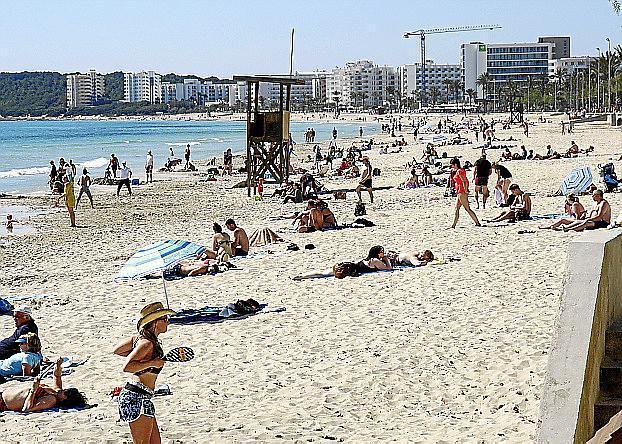The Council of Majorca is close to officially approving its long-awaited plan for intervention in tourism areas (PIAT). It is expected to be signed off at a Council meeting on 26 July.
The PIAT will affect holiday rentals zoning. It was always accepted that the zoning map that the Council published in January would be subject to potential alteration. The process of defining the PIAT has required the consideration of the Balearic Environment Commission, and it has presented recommendations, most of which have been taken on board.
Where resorts are concerned, the PIAT establishes three more that are defined as "saturated" - Cala Bona, Cala Millor and Calas de Mallorca. This will mean that new rentals in these resorts can only be for sixty days per annum and have to be the owner's main residence. The rentals can be apartments as well as stand-alone properties. The sixty-days rule will mean that owners can choose either July or August but not both months. Resorts previously defined as saturated are Arenal (Llucmajor), Magalluf, Paguera, Palmanova and Santa Ponsa.
Other elements of the PIAT will be a total ban on holiday rentals on protected rustic land. The Council had in any event established this principle in its January zonings map. For so-called common rustic land, which covers a vast area of Majorca that isn't mountainous, any tourism accommodation will now also have to include an agricultural use. There cannot, therefore, be new buildings which are solely designed to be holiday villas.
In addition, there will be a ban on any more rural hotels on common rustic land, again with an exception for a complementary agricultural use, which essentially means that agrotourism establishments will be permissible.
As has been well documented, there will be some 43,000 accommodation places (beds) that can be licensed once the moratorium on new licences is lifted. This is expected some time this month. There are, however, other considerations. The PIAT is due to identify how many accommodation places there can be per municipality. Around 70% of the 43,000 will be for rentals; the rest will be for different types of hotels.
The consortium for accommodation places (basically the tourism ministry) has recently formalised the costs for licensing new places. These had been known about for months and it had been understood that stand-alone properties would be charged at the same rate as hotels, which is to be 3,500 euros per place - a reduction of 500 euros on the existing rate for hotels. For places in apartments the rate will be 875 euros.

